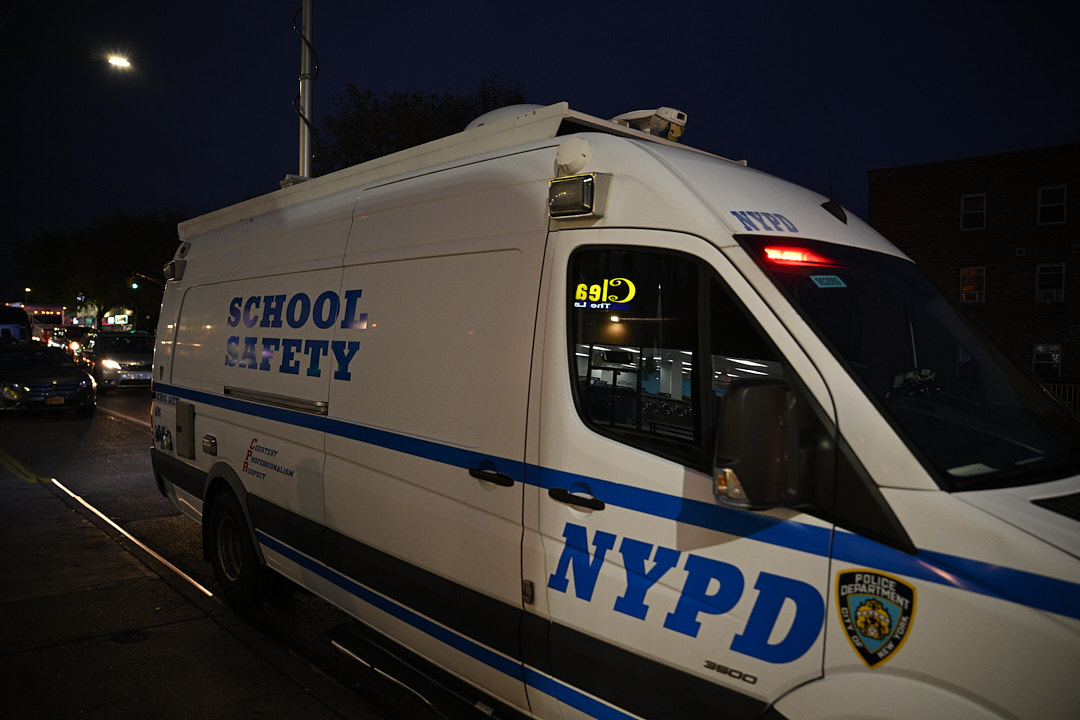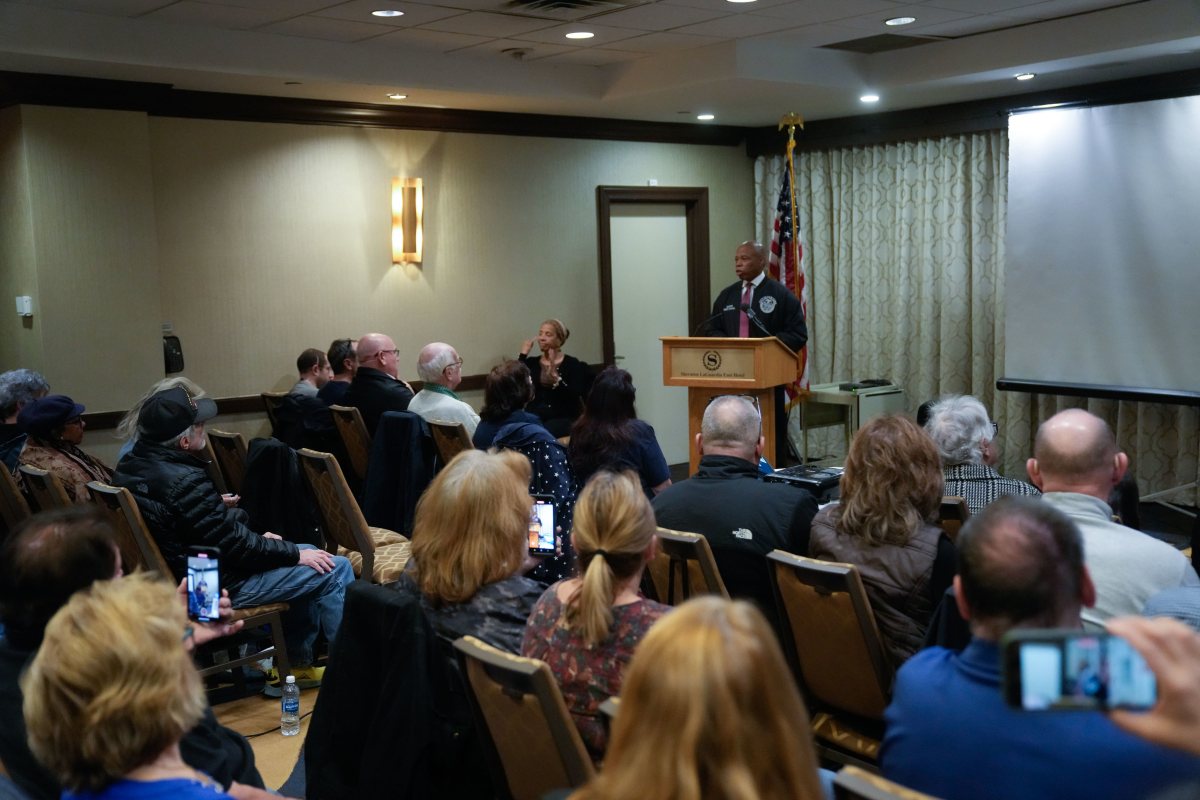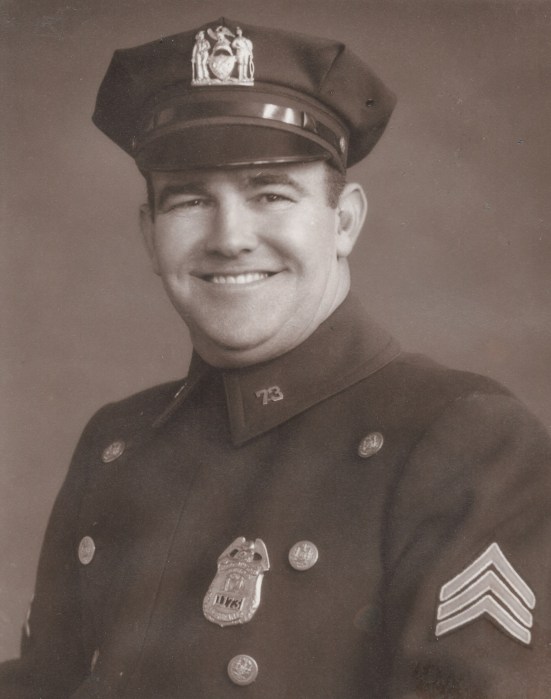Like it or not, pigeons are real New Yorkers.
They are fearless, refusing to scurry at the step of humans. Comedian George Carlin, who grew up in Morningside Heights, captured that spirit with his observation that pigeons “walk out of your way and give you a bad look.”
Photographer Andrew Garn wants to give New York City pigeons a public relations makeover, urging people to stop and take a good look at them.
He doesn’t see “rats with wings.” Instead, he sees beautiful, charismatic birds.
“The more I watched them, the more I fell in love with pigeons,” said Garn, author of a new book “The New York Pigeon: Behind the Feathers,” being released on Tuesday.
“They are really underrated,” said Garn. “They are smart and funny with great personalities.”
Garn has spent 10 years photographing pigeons up close in coops and from afar in city parks.
His work has led to several exhibits and volunteer work as a wildlife rehabilitator at the Wild Bird Fund on the Upper West Side.
But it was not love at first sight.
Garn, 59, grew up on the Upper East Side, dodging pigeon droppings. Like many New Yorkers, he didn’t really think much about the scores of feathered creatures that gathered in parks and on street corners pecking at the banquet of city trash.
Years later, he decided to make them the subject of a series of photographs.
“I thought this could be a subject worth exploring and my friend’s father had a coop,” Garn said. He quickly found himself obsessed.
“I think there are many levels of seeing things,” Garn explained. “Some people don’t see anything at all. But the more I looked at them, the more I was fascinated by them. Their wing motion was so captivating. I think people totally forget they are birds.”
The book features stately portraits of pigeons, capturing their iridescent colors. Garn also highlights seldom seen hatchlings as well as pigeon lovers in the city.
He includes his own musings about pigeons, noting how they connect New Yorkers closer to nature and bring many people joy.
“We have a 5,000-year history with pigeons,” said Rita McMahon, co-founder and director of the Wild Bird Fund. “They look at us, they listen to us. When we speak they look straight at us. They are more accessible than any other bird.”
Half of the proceeds from the book will be donated to the Wild Bird Fund, a nonprofit that rehabilitates sick, injured or orphaned wildlife.
McMahon pointed to a 2006 academic paper from North Carolina State University called the “Pigeon Paradox” that asserts global conservation depends on urban nature because people will take more of an interest if they have contact with wildlife.
“We are getting farther and farther away from nature,” McMahon said. “In the urban environment, the pigeon is an access animal. Think of the kids who never really get to see an animal roaming free.”
Garn said he hopes the book helps eliminate some misconceptions about pigeons, including the popular notion that they are dirty.
“Pigeons are pretty clean birds,” he said. “They are always bathing.”
He does think people who overfeed pigeons create a problem.
“Pigeons can eat almost anything,” he said. “But that doesn’t mean they should. I have seen them eating chopped meat and chicken wings, which is pretty bizarre.”
Garn selected a pigeon named Dr. Brown, who was rescued by a doctor, for the striking cover photo.
“He is sort of posing like a badass with his chest puffed out,” said Garn. “But he’s really sweet and unassuming, like many New Yorkers are.”
Some of his other favorite portraits include a googly-eyed pigeon named Fido and an elegant white bird named Apollo.
“Without pigeons, this would be a very sterile city,” he said.

































